Carol-Ann O’Keefe, Assistant Principal Officer at Revenue Commissioners (Irish Customs), told business leaders in Ireland that it is inevitable that Brexit will generate additional costs, administration, and delays at Irish ports but much is being done by Irish authorities to minimise these.
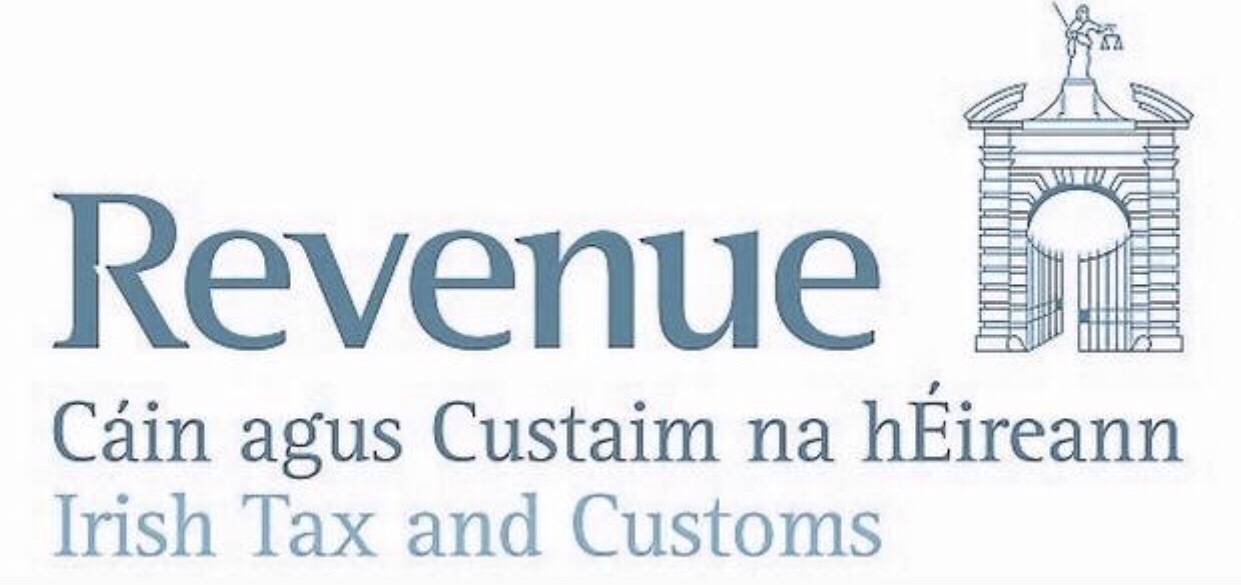
Irish goods exporters and importers are being advised to expect delays at ports, whatever form of Brexit the British government negotiates, be that soft, hard, or no-deal.
“Once Brexit occurs, and Britain leaves the EU, it will be classed as ‘a third country’, outside the single market,” said O’Keefe. “It doesn’t matter what kind of customs union is in place, or whether there is a free-trade agreement. After Brexit, full customs declarations will be required for all goods imports and exports shipped between Ireland and the UK.
Sky News writes that PM May during her speech yesterday used a surprise statement in Downing Street to issue an ultimatum to the bloc to accept her Chequers plan or come up with counterproposals.
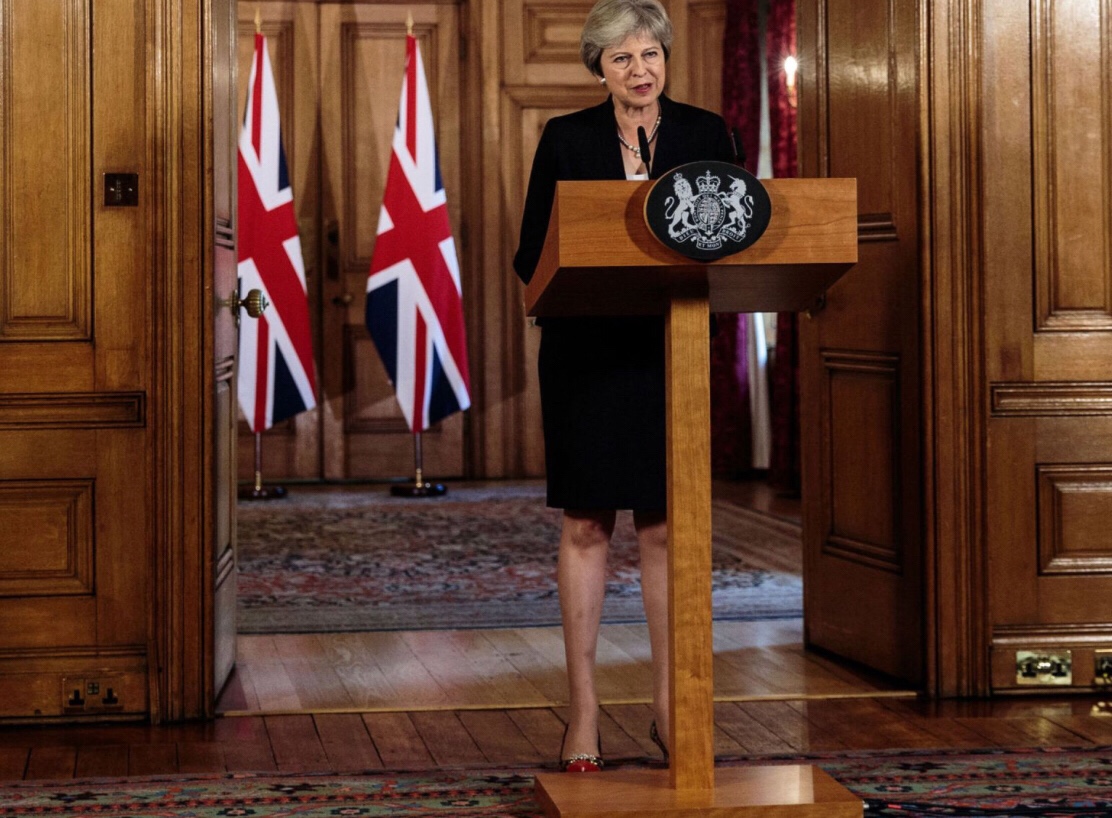
She declared the UK will continue preparations for a “no-deal” Brexit, amid what she recognised as an “impasse” over “two big problems” in negotiations.
In addition, Mrs May dismissed talk of a second EU referendum, which some EU leaders had spoken in hope of during the Salzburg summit.
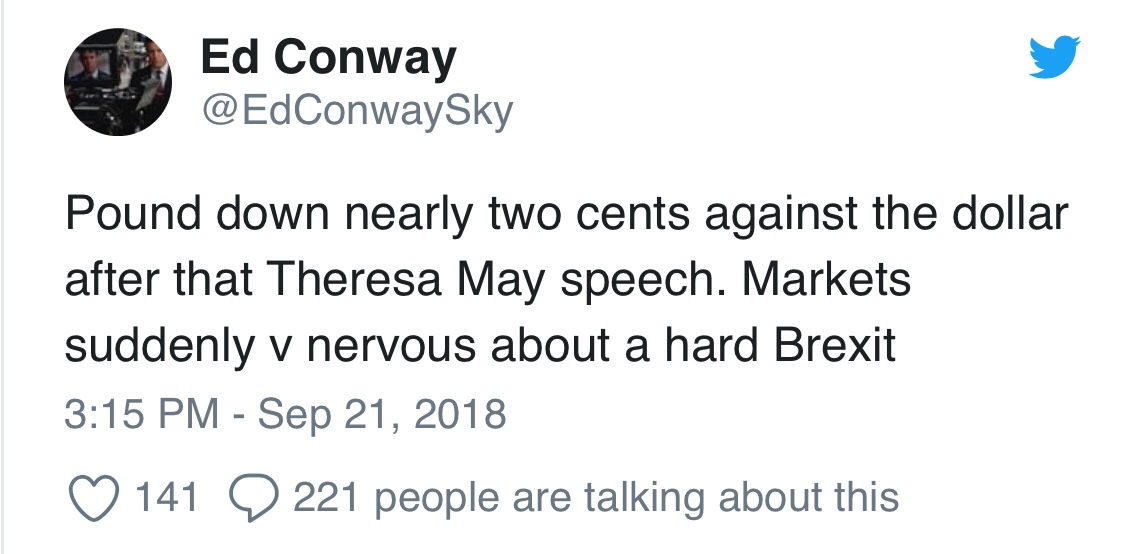
She added: “The referendum was the largest democratic exercise this country has ever undergone. To deny its legitimacy or frustrate its result threatens public trust in our democracy. No one wants a good deal more than me. But the EU should be clear: I will not overturn the result of the referendum. Nor will I break up my country.”
You can read the article here: Sky News Theresa May branded ‘uncompromising’ by EU after demanding ‘respect’ from Brussels
Source: Sky News
Maybe it is finally time to say goodbye to airport queues. If so it is not a day too lte. Lastvyear more than 4 billion prople travelled by airplane.
This text is written by Rob Leslie for WEF.
‘Sitting around the dinner table recently at a family gathering my sister, who lives in Paris, was venting her frustrations about the queues she experienced recently at the electronic border gates in Heathrow airport.
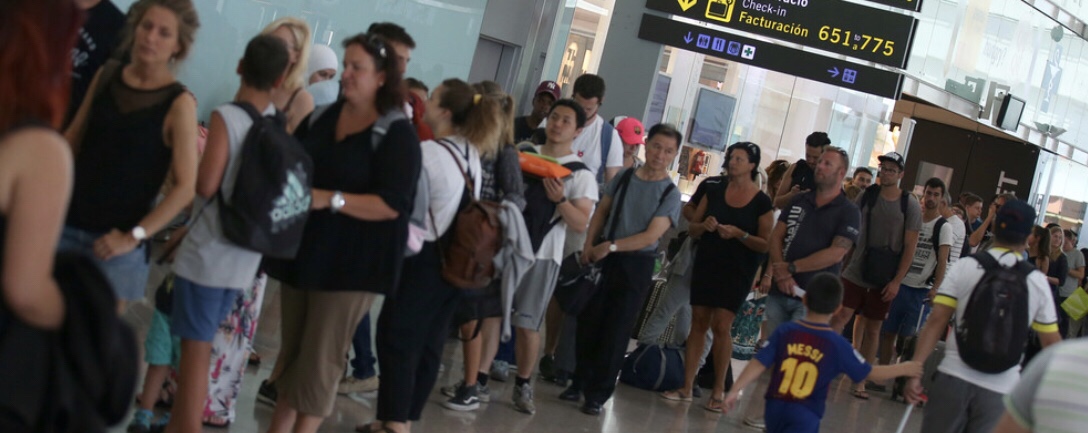
My brother then chimed in with his experiences, which went something along the lines of: “I couldn’t get through either, the machine didn’t like the look of me!”
I asked if he had removed his glasses, as they might have affected the facial scanner. He said he hadn’t been asked to remove them; had he known, he would have.
This conversation highlights an important point – that while the biometric or e-passport is better than its predecessors, it is still not the perfect solution. We cannot lose sight of the customer experience in the rush to deploy the latest technology because of its touted gains in efficiency or the increased return on investment. The customer experience must be better than what exists now: 20 or 30 seconds for a passenger to clear an e-gate is too long when there are 400 people behind them waiting to be processed. It needs to be two or three seconds.
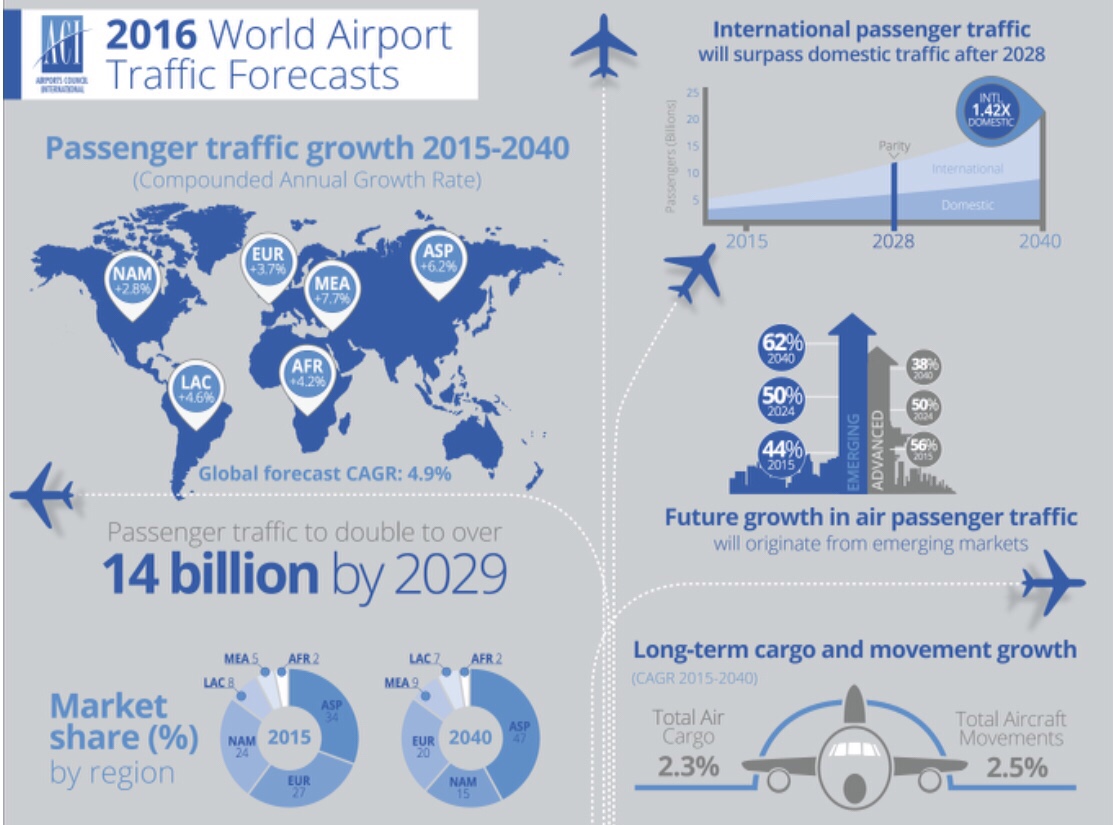
With 1.8 billion international arrivals expected 2030, identity management is going to become even more complex because not all countries, government agencies, airports and airlines are at the same level of maturity. It is absolutely critical that all the actors in the travel ecosystem know with certainty that every passenger is who they claim to be. This will require new processes to be designed, tested and adopted which will in turn require significant increases in transparency, industry and governmental cooperation and better communication between all the stakeholders. New technologies like biometrics, blockchain and ero-knowledge proofs have a significant role to play.
One possible solution under development for creating a better airport and travel experience is a passenger token. The token uses a passenger’s facial biometric data to identify them at the various points in the airport where there is an engagement of some kind. This removes the need for the regular presentation of travel documents at every step of their journey.
To make this possible, the passenger’s facial biometric must be bound to their ticket, visa, boarding pass and passport at the very start of their journey. This could work as follows: the passenger checks-in at home and declares their passport details as part of this process. These details can be securely verified with their government’s passport office using privacy-preserving technologies such as zero-knowledge proofs; the passport office packages the e-passport and other associated travel details into a token, with the customer’s express consent included to allow it to be accessed by parties who need to view it. This information is then made available to the relevant government agencies, airports and airlines for the duration of the traveller’s journey’.
Source: WEF


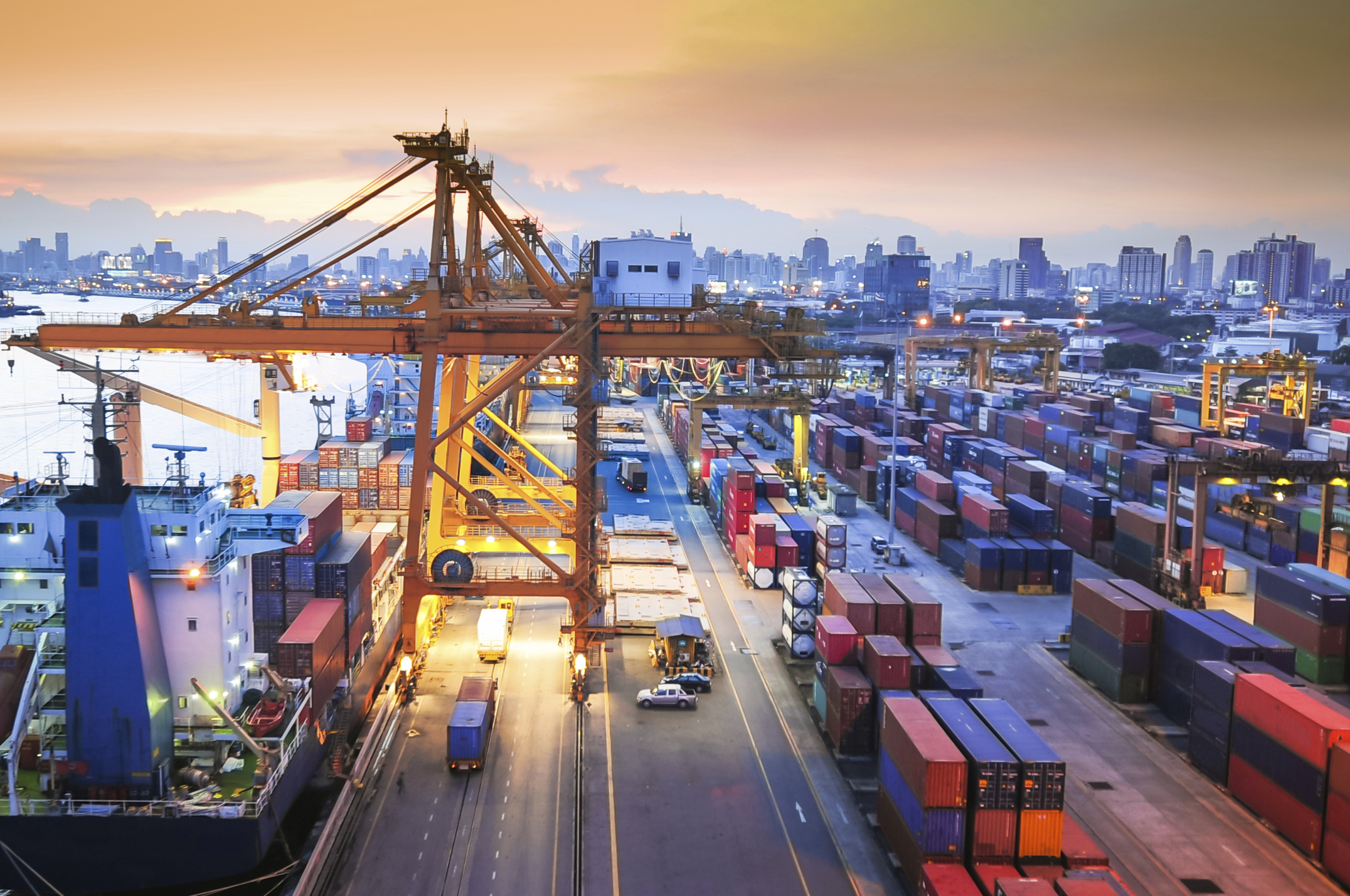

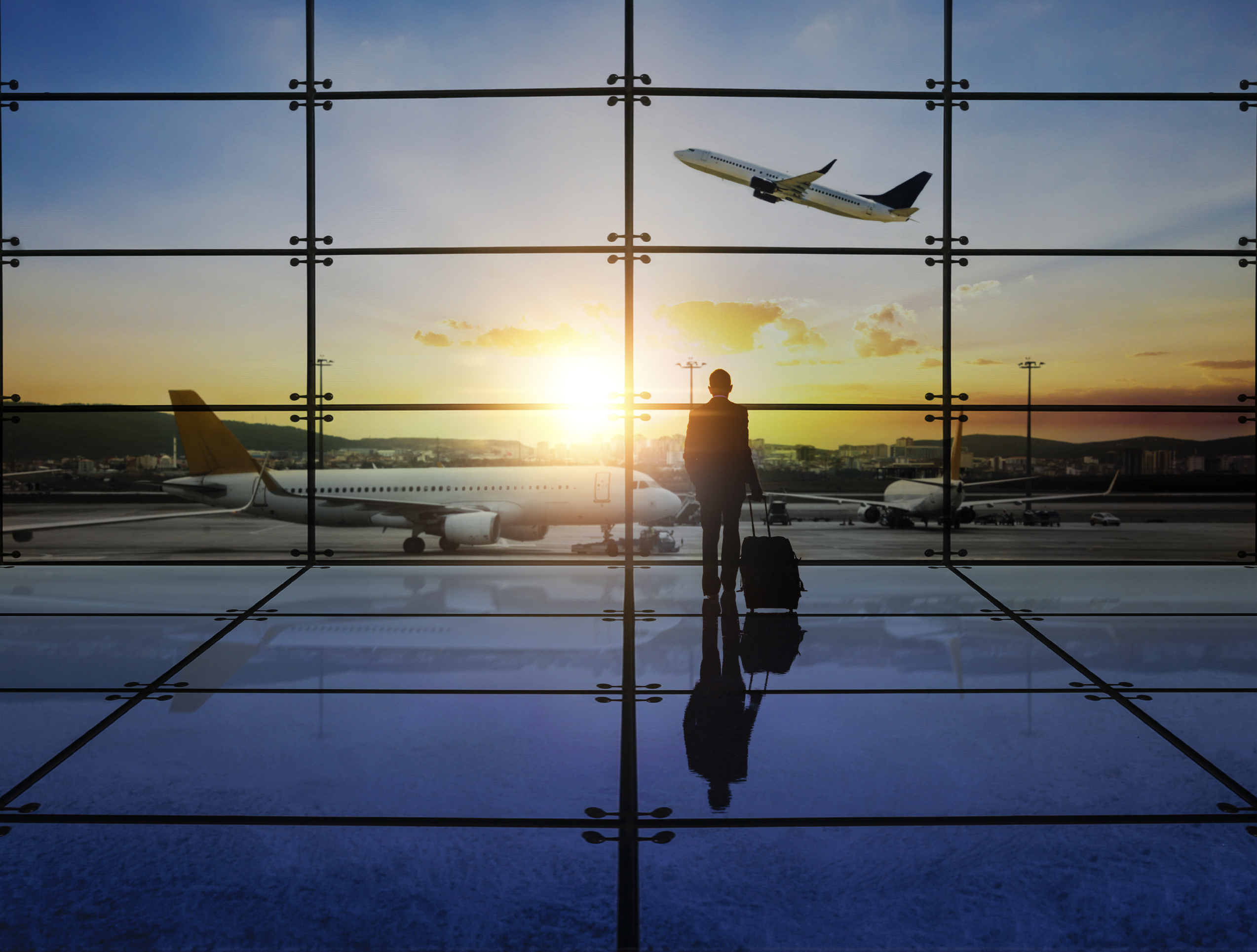

You must be logged in to post a comment.